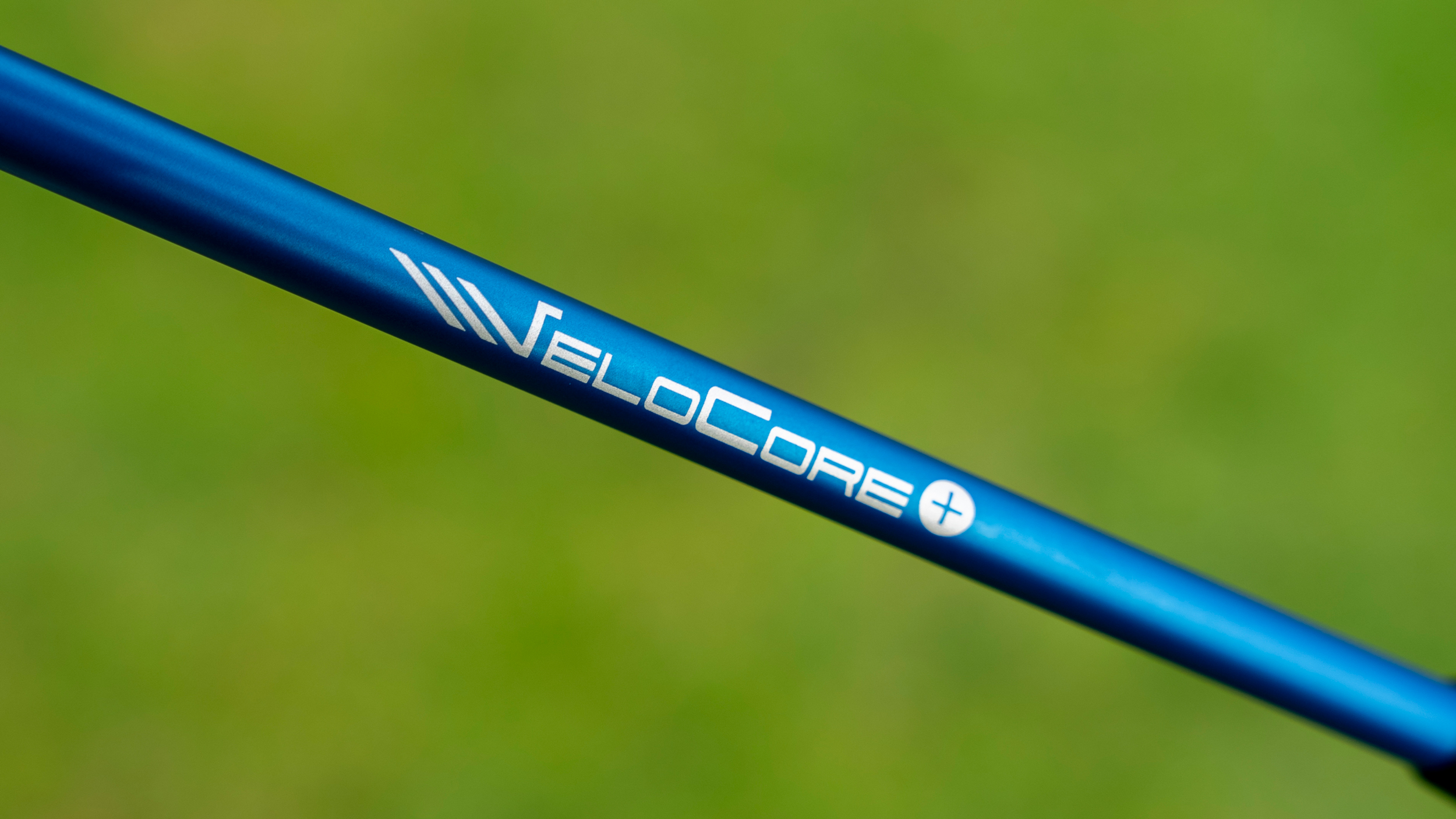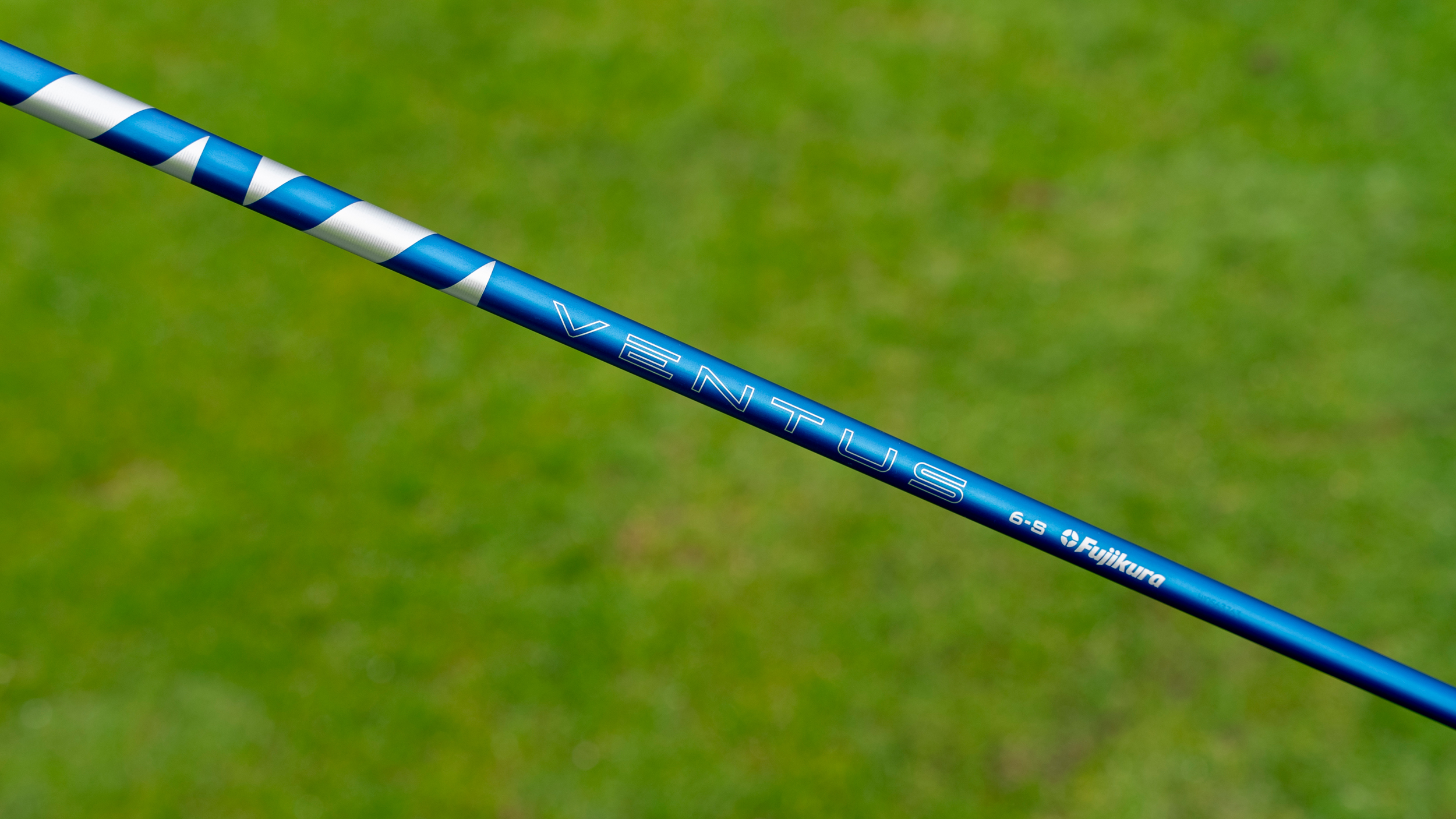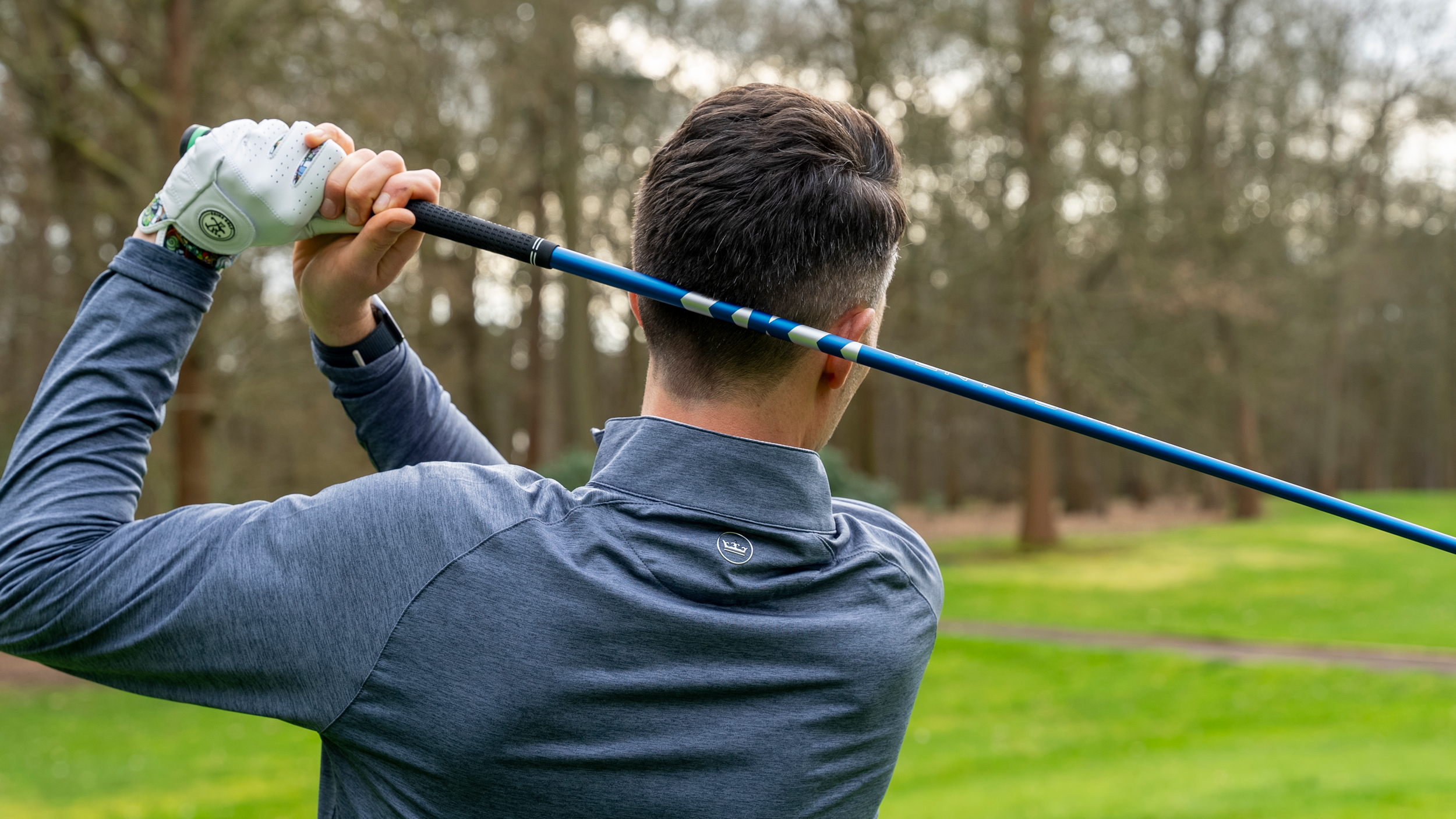
It’s often said that the shaft is the engine of the golf club. Not everyone agrees – some argue that it’s you, the one who actually swings the golf club, who is the real engine. Whatever your viewpoint, let’s just say the golf shaft is a very important piece of equipment.
The idea of changing golf shaft might sound foreign to some golfers; certainly, it’s safe to say a lot of us wouldn’t be as excited about getting a new shaft as we would about going out and buying one of the best golf drivers.
However, a new driver shaft or new shafts in your woods might be just what your game needs, especially if your long game is letting you down. Having struggled a touch off the tee recently, I was keen to try a different option and see if I could tighten things up. Could the new offering from Fujikura do the trick?

Fujikura’s VeloCore technology was introduced in 2018 with its Ventus shafts to help golfers keep the club more stable through transition and impact. By promoting more center-face contact, it’s a technology that, to put it simply, helped players increase their control without giving up on carry distance.
VeloCore+ is the next generation of Fujikura’s groundbreaking technology. Featuring a re-engineered multi-material bias core, VeloCore+ is said to enhance the feel and performance of Ventus with an additional premium bias core material, promoting even tighter dispersion and increased ball speeds - something the best golf driver shafts offer.
The previous shaft model in my Titleist TSR3 driver was the Fujikura Ventus Black 6X. I replaced this with the new Fujikura Ventus VeloCore+ blue shaft, which was the same weight and flex, but featured the manufacturer’s latest technology (VeloCore+). It's worth mentioning at this point that I love the striking electric blue color of this shaft - it really stands out on the course without being distracting over the ball.

Sometimes, when you’re experimenting with different shafts, a change in performance, such as dispersion, becomes obvious immediately. This can certainly be the case when you change weight or flex. However, I was really just trying to see what effect, if any, the new technology was having – and this required me to hit quite a lot of balls.
After a while, and after looking at my data, it did become apparent that I’d tightened up my dispersion a touch – there wasn’t as much curve and the odd loose one wasn’t as wild. At the same time, I was still getting that fast, responsive feel and my distance was up where I wanted it to be.

I’m a moderate to fast swing speed player (about 108mph). If you’re a player who likes to go after your drives and you can keep your face relatively square most of the time, but you’re maybe struggling a bit with your accuracy, I’d definitely recommend trying this Fujikura shaft. Having that feeling as though there’s a touch more stability through the hitting area can give your game a real confidence boost.
The people at Fujikura are superb innovators, and during my afternoon of testing I can say that I was, without question, a little tighter with my dispersion. My shot pattern was more consistent, and that, I hope, will mean I end up hitting a few more fairways. Meanwhile, I had no problem drawing or fading the ball when required. It’s a shaft that I’ll be leaving in in the hope that, over the course of the season, I’ll hit the short stuff more often and keep that handicap below three.







